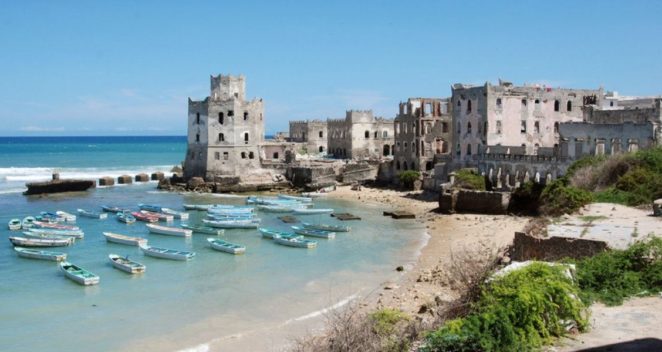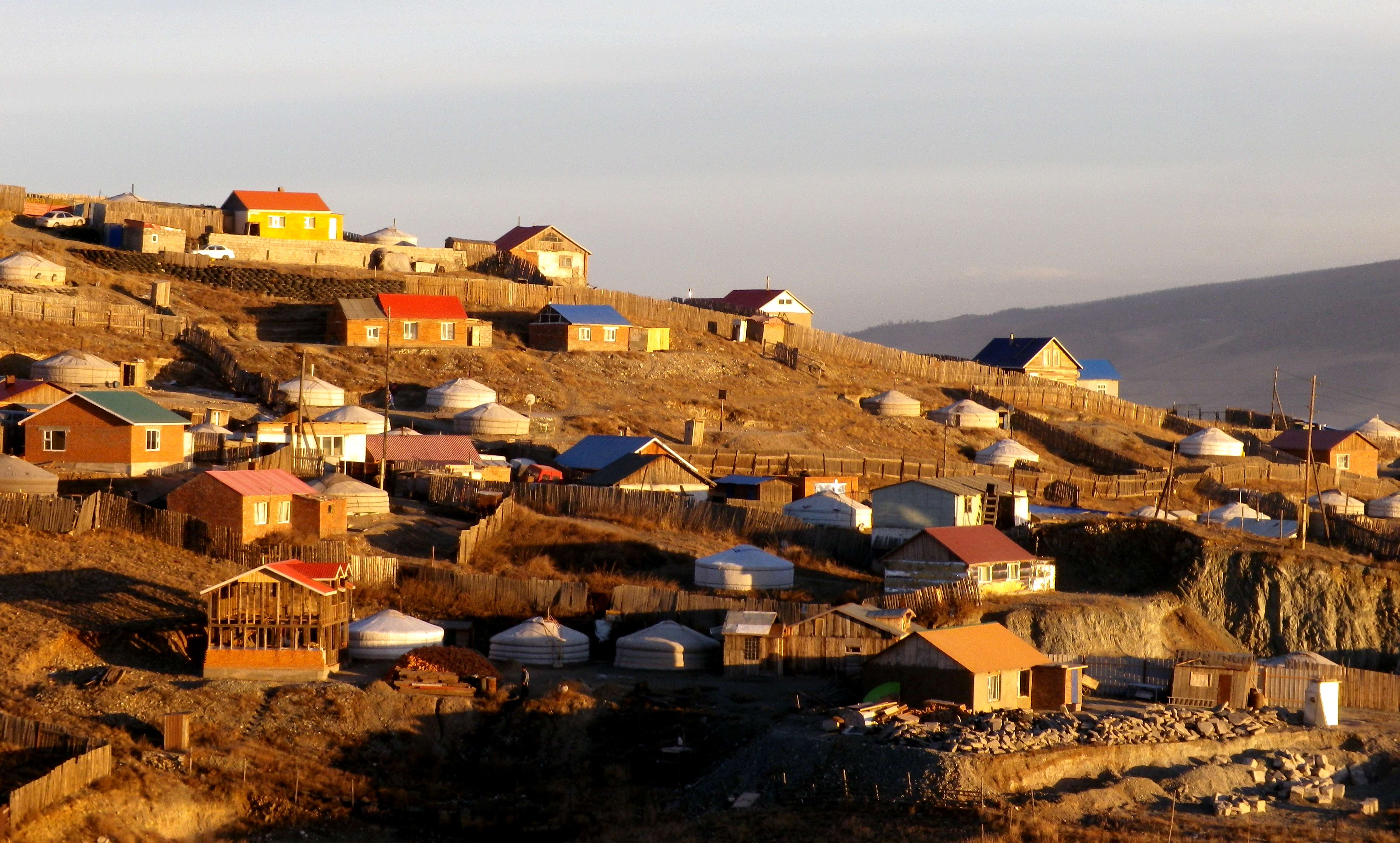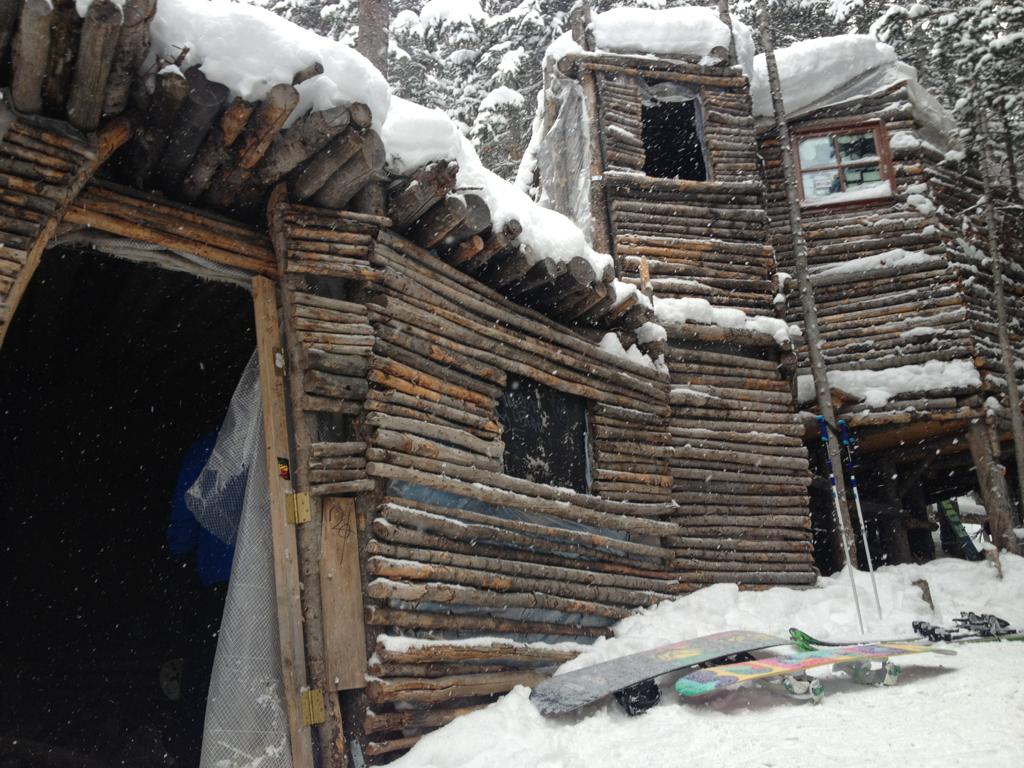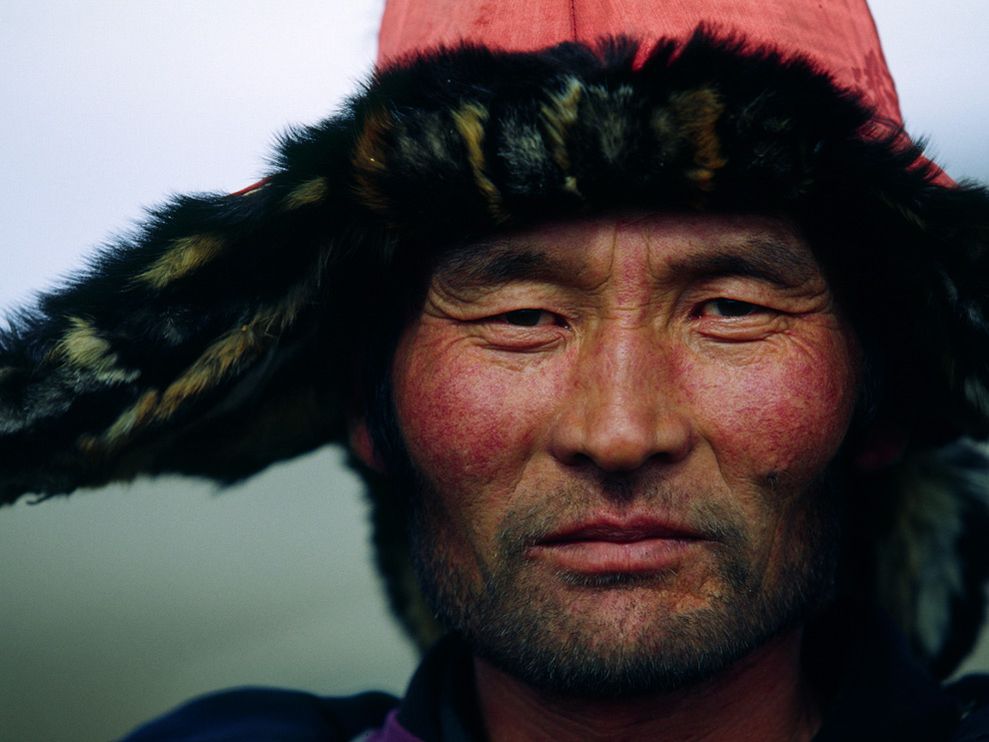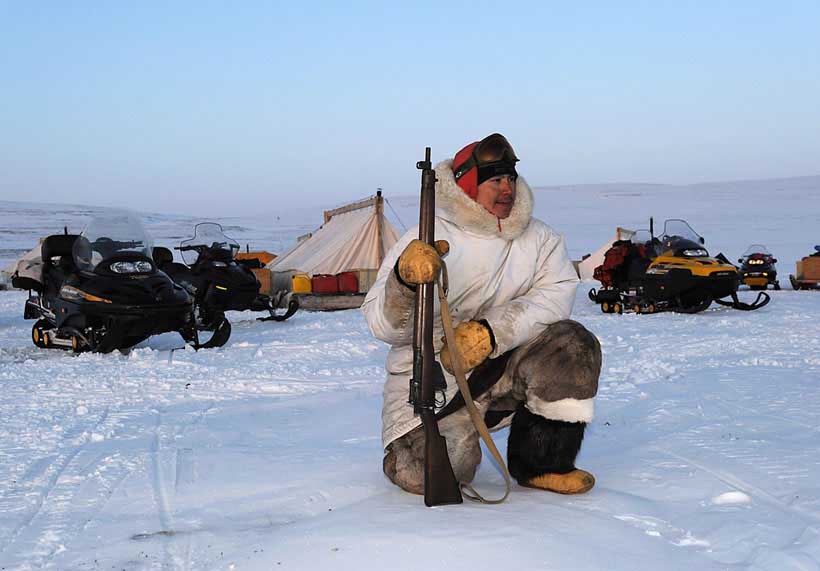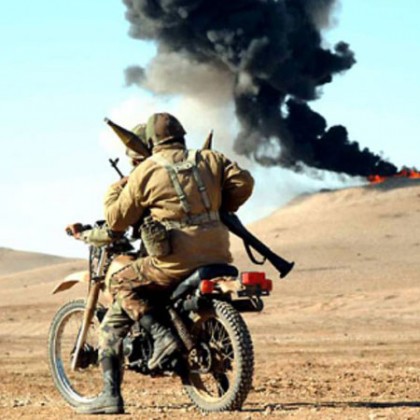'I can't even begin to explain these people! they cannot be ruled!'
-A foreign official on the Essalanean's following the empires failed attempt at invasion
Beginnings
The Alemann arrival in Craviter was the beginning of many new nations, most chose the path of civility and began to erect permanent settlements but the Clans of the great Gotic Hero Essalan chose a different path. moving into the great southern plains they discovered horses and mountains and began to establish the culture that has endured to this day.
Essalan ruled the Clans for nineteen years before dying after falling from his horse, in the wake of his death none of his successors could match his charisma and control of the clans. It had been argued that Essalan's death ended any chance of the clans evolving into a more centralised nation, to this day the tribes elect a High Chief from their ranks but it is a rank devoid of power beyond what the chosen ruler is able to bring to the office. Weak High Chieftains are little more than glorified figureheads ruling in Vosgotis.
Largely independent of control both from without and within the Essalanean's have remained neutral throughout the centuries, only rarely unifying under great leaders to begin feared invasions as one all-conquering horde. Invasions from great empires are frequent throughout the history of Essalanea but no nation has ever been able to conquer the infamously unruly Clans. Each time an invading army entered the plains they would find themselves harassed by horse tribes who would vanish into the endless steppe before any response could be made. The fight and flight tactics of the tribes made a mockery of any concept of a pitched battle and invading armies would soon find themselves worn away by attrition and strained lines of supply and communication. To this day no empire has ever subjugated the Essalanean peoples.
The Conclaves
Essalan founded the permanent tribal city of Vosgotis, Essalan ruled as the first high chief and established the system of conclaves which would come to define Essalanean culture. Conclaves are collections of independent skilled persons who travel between the tribes and share their knowledge and services with the peoples of all the various clans of Essalanea.
The Conclaves are caste-based and open only to the skilled, their safety is guaranteed by all the chieftains of the great clans. While there are many different conclaves the primary ones are as follows:
The Conclave Of Healers: Medical care
The Conclave of Makers: Inventors and civilian technologies
The Conclave of Iron: Weaponsmiths including firearms
The Conclave of law: Adjudication
The Conclave of Joy: Entertainers and Prostitution
The Conclave of Song: Records and Music
All conclaves maintain a presence in Vosgotis in order to advise the High Chieftain and to better coordinate their activities.
Each Conclave provides vital services and maintains relative neutrality between the tribal factions creating oddly unique situations
Language
Essalaneans never adopted more modern forms of Gotic language and still speak what is essentially Old Ninhundish from the time of the Alemann arrival in Craviter.
Technology
'Roads? Ha! I need no such comfort Auslander! the entire steppe is mine to traverse!'
-A Essalanean response to a tourists complaints about infrastructure
'They killed one another over cell reception!?'
-A confused diplomat
largely nomadic with few permanent settlements the Essalanean clans value three things above all else, their automatic rifles, motorcycles and their mobile phones. The mobile phone has become a staple of Essalanean life replacing the older forms of messenger and raven, the conclaves maintain simple signal towers across the steppe...these sites are frequent sources of tribal disputes and it is not uncommon for Essalanean clans to engage in brutal wars over cell reception.
Most technology is sturdy, portable and easy to repair on the steppe with minimal resources needed, the capital of Vosgotis retains more modern technology with televisions and permanent structures present but its population is ever fluctuating and the city exists largely as a ceremonial site.
Most dramatic technological changes in Essalanea have occurred as a result of outside influences slowly trickling into the steppe. Machine guns brought back from raids were soon being utilised as replacements for ageing bolt action rifles, the motorbike was introduced in the 1900s following a foreign diplomatic visit, Cell phones were introduced by Essalanean expats seeking greater contact with the steppe etc. In all cases the clan culture has adopted pre-existing technological models from the outside world and utilised them in vastly different ways.
Arguably the most advanced and precious resource amongst the clans is bio-fuel extracted from rare arable areas on the steppe that will support the growth of wheat. This modern innovation has allowed the clans to utilise motorcycles as their primary mode of transport rather than the horse. Horses are still retained in clan territories in order to act as reserves if invaders cut access to fuel sources but they are now largely obsolete.
Culture
'To ride until weary in the saddle, to rest beneath great Ziu's shadow, to fight until the dying day and live each breath free, That is the way of Essalan!'
-Chieftain Alaric, 1456
The Essalanean culture is one defined by the nomadic patterns of the steppe, the Clans drive their herds to between the various seasonal grazing lands and live largely as they have for millennia. Permanent settlements are usually a rare feature, though most clans retain ancient fortified holdings where they gather in times of trouble.
Hunting is a favoured pastime both for sport and practical survival, it trains young men in the ways of warfare and teaches them the skills necessary to survive the unforgiving steppe.
Music is also popular during gatherings, songs are sung in praise of the ancestors and tales of myth or history recounted around firelit crowds. Alcohol, Meat and feats of physical strength define gatherings with both men and women taking part in wrestling, weightlifting and racing of horses( and more recently motorcycles)
Raiding has always been another aspect of Essalanean life, typically against other tribes but also against neighbouring nations. usually, raids are shortlived and involve theft of livestock, women/men or resources not available on the steppe...only when great high chieftains arise do these raids become some altogether more terrifying, true hordes.
The endless southern steppe is littered with monuments to the ancestors, great clans erect stone stele to commemorate their forebears and altars dedicated to Ziu the Alemann god dot the hills of Essalanea. Once per year, the clans gather in Vosgotis to engage in ancient rituals, share spoils and trade information before dispersing back into the steppes.
In recent decades foreign embassies have been allowed to join the yearly festivities in Vosgotis as guests but only during this time, for the rest of the year, the city is free of any foreign influence with the exception of those rare honoured few the high chief decides to retain.
Social obligations bind clan members to one another in an economy of services, a man who can claim many favours is considered a man of power and status. Chieftains are those men who have provided great services to their bondsmen and thus gathered a loyal faction of indebted followers around them. In Essalanea only those who can truly provide for the clan are considered fit to rule and a title is meaningless without respect to support it.
Religion
'Ziu, this offering I place at your feet, oh great lord of our fathers guide us to glory neath your endless gaze!'
-Traditional shaman's prayer
A shamanistic people the clans worship the ancient Alemann god Ziu in the manner their ancestors did when they first arrived from Gotis. offerings of blood and incense are commonly made by clan shamans at ancient stone altars locating in clan territories across the steppe. Oaths are always made in the sight of a priest of Ziu and it is a death sentence to break a promise made in the great alemann god's sight.
Government
while the high chief is the nominal ruler of the clans the true power of the land rests with numerous clan chieftains controlling vast stretches of steppe territory and forever feuding over both land and resources. The city of Visgotis is the closest thing the nation has to a seat of government but is largely ceremonial, in practice most decisions are made by chieftains and only concerning their own people.
Occasionally great high chieftains are able to unify the entire steppe under their rule through both cunning and sheer force of will...these periods are usually short-lived but are celebrated endlessly in clan lore as glorious episodes in history.
In practice, any edict can only be enforced if the one issuing such a command can actually back his demand by force. Only the strongest chieftains can expect to exert much control over the politics of the steppe. A rare exception is the conclave of Law, these neutral adjudicators have sacred and binding powers and can compel clan chieftains to take actions they would normally refuse to.
Shaman's also possessed great social power as they are seen to speak for Ziu himself, they seldom involve themselves in clan affairs, but their word carries immense weight in Essalanean society.
Economy
'800 custom made Essalanean rifles, purchased in exchange for ivory and jade, evidently, these primitives want it for one of their profane altars...whatever the case...these guns are magnificent, it amazes me such barbarians could know their way around a firearm so well'
-Foreign trader's report on weapon sales in Essalanea
Essalanea is largely a self-sufficient land, the few things it does trade are seldom given away for money as the clans have no use for currency. Bio-Fuel from wheat is a closely guarded resource amongst the clans and seldom leaves the neutral agrarian territories which are defended by all clan chiefs. Weapons, on the other hand, might occasionally be sold to outsiders for resources that cannot be acquired in the steppe such as wood or exotic goods. Essalanean gunsmiths are famous/infamous for their magnificent custom works and their pieces are highly sought as collector's items by foreigners.
When the clans do deign to trade with outsiders they do so as a united front with the high chief and his court distributing spoils equally following the successful conclusion of business. The Conclaves maintain several secretive settlements scattered across the steppe, rumor has it these are the source of most homemade tech in the steppes and the primary source of exports. whatever the case the Essalanean economy could scarcely be called a capitalist venture.
-A foreign official on the Essalanean's following the empires failed attempt at invasion
Beginnings
The Alemann arrival in Craviter was the beginning of many new nations, most chose the path of civility and began to erect permanent settlements but the Clans of the great Gotic Hero Essalan chose a different path. moving into the great southern plains they discovered horses and mountains and began to establish the culture that has endured to this day.
Essalan ruled the Clans for nineteen years before dying after falling from his horse, in the wake of his death none of his successors could match his charisma and control of the clans. It had been argued that Essalan's death ended any chance of the clans evolving into a more centralised nation, to this day the tribes elect a High Chief from their ranks but it is a rank devoid of power beyond what the chosen ruler is able to bring to the office. Weak High Chieftains are little more than glorified figureheads ruling in Vosgotis.
Largely independent of control both from without and within the Essalanean's have remained neutral throughout the centuries, only rarely unifying under great leaders to begin feared invasions as one all-conquering horde. Invasions from great empires are frequent throughout the history of Essalanea but no nation has ever been able to conquer the infamously unruly Clans. Each time an invading army entered the plains they would find themselves harassed by horse tribes who would vanish into the endless steppe before any response could be made. The fight and flight tactics of the tribes made a mockery of any concept of a pitched battle and invading armies would soon find themselves worn away by attrition and strained lines of supply and communication. To this day no empire has ever subjugated the Essalanean peoples.
The Conclaves
Essalan founded the permanent tribal city of Vosgotis, Essalan ruled as the first high chief and established the system of conclaves which would come to define Essalanean culture. Conclaves are collections of independent skilled persons who travel between the tribes and share their knowledge and services with the peoples of all the various clans of Essalanea.
The Conclaves are caste-based and open only to the skilled, their safety is guaranteed by all the chieftains of the great clans. While there are many different conclaves the primary ones are as follows:
The Conclave Of Healers: Medical care
The Conclave of Makers: Inventors and civilian technologies
The Conclave of Iron: Weaponsmiths including firearms
The Conclave of law: Adjudication
The Conclave of Joy: Entertainers and Prostitution
The Conclave of Song: Records and Music
All conclaves maintain a presence in Vosgotis in order to advise the High Chieftain and to better coordinate their activities.
Each Conclave provides vital services and maintains relative neutrality between the tribal factions creating oddly unique situations
Language
Essalaneans never adopted more modern forms of Gotic language and still speak what is essentially Old Ninhundish from the time of the Alemann arrival in Craviter.
Technology
'Roads? Ha! I need no such comfort Auslander! the entire steppe is mine to traverse!'
-A Essalanean response to a tourists complaints about infrastructure
'They killed one another over cell reception!?'
-A confused diplomat
largely nomadic with few permanent settlements the Essalanean clans value three things above all else, their automatic rifles, motorcycles and their mobile phones. The mobile phone has become a staple of Essalanean life replacing the older forms of messenger and raven, the conclaves maintain simple signal towers across the steppe...these sites are frequent sources of tribal disputes and it is not uncommon for Essalanean clans to engage in brutal wars over cell reception.
Most technology is sturdy, portable and easy to repair on the steppe with minimal resources needed, the capital of Vosgotis retains more modern technology with televisions and permanent structures present but its population is ever fluctuating and the city exists largely as a ceremonial site.
Most dramatic technological changes in Essalanea have occurred as a result of outside influences slowly trickling into the steppe. Machine guns brought back from raids were soon being utilised as replacements for ageing bolt action rifles, the motorbike was introduced in the 1900s following a foreign diplomatic visit, Cell phones were introduced by Essalanean expats seeking greater contact with the steppe etc. In all cases the clan culture has adopted pre-existing technological models from the outside world and utilised them in vastly different ways.
Arguably the most advanced and precious resource amongst the clans is bio-fuel extracted from rare arable areas on the steppe that will support the growth of wheat. This modern innovation has allowed the clans to utilise motorcycles as their primary mode of transport rather than the horse. Horses are still retained in clan territories in order to act as reserves if invaders cut access to fuel sources but they are now largely obsolete.
Culture
'To ride until weary in the saddle, to rest beneath great Ziu's shadow, to fight until the dying day and live each breath free, That is the way of Essalan!'
-Chieftain Alaric, 1456
The Essalanean culture is one defined by the nomadic patterns of the steppe, the Clans drive their herds to between the various seasonal grazing lands and live largely as they have for millennia. Permanent settlements are usually a rare feature, though most clans retain ancient fortified holdings where they gather in times of trouble.
Hunting is a favoured pastime both for sport and practical survival, it trains young men in the ways of warfare and teaches them the skills necessary to survive the unforgiving steppe.
Music is also popular during gatherings, songs are sung in praise of the ancestors and tales of myth or history recounted around firelit crowds. Alcohol, Meat and feats of physical strength define gatherings with both men and women taking part in wrestling, weightlifting and racing of horses( and more recently motorcycles)
Raiding has always been another aspect of Essalanean life, typically against other tribes but also against neighbouring nations. usually, raids are shortlived and involve theft of livestock, women/men or resources not available on the steppe...only when great high chieftains arise do these raids become some altogether more terrifying, true hordes.
The endless southern steppe is littered with monuments to the ancestors, great clans erect stone stele to commemorate their forebears and altars dedicated to Ziu the Alemann god dot the hills of Essalanea. Once per year, the clans gather in Vosgotis to engage in ancient rituals, share spoils and trade information before dispersing back into the steppes.
In recent decades foreign embassies have been allowed to join the yearly festivities in Vosgotis as guests but only during this time, for the rest of the year, the city is free of any foreign influence with the exception of those rare honoured few the high chief decides to retain.
Social obligations bind clan members to one another in an economy of services, a man who can claim many favours is considered a man of power and status. Chieftains are those men who have provided great services to their bondsmen and thus gathered a loyal faction of indebted followers around them. In Essalanea only those who can truly provide for the clan are considered fit to rule and a title is meaningless without respect to support it.
Religion
'Ziu, this offering I place at your feet, oh great lord of our fathers guide us to glory neath your endless gaze!'
-Traditional shaman's prayer
A shamanistic people the clans worship the ancient Alemann god Ziu in the manner their ancestors did when they first arrived from Gotis. offerings of blood and incense are commonly made by clan shamans at ancient stone altars locating in clan territories across the steppe. Oaths are always made in the sight of a priest of Ziu and it is a death sentence to break a promise made in the great alemann god's sight.
Government
while the high chief is the nominal ruler of the clans the true power of the land rests with numerous clan chieftains controlling vast stretches of steppe territory and forever feuding over both land and resources. The city of Visgotis is the closest thing the nation has to a seat of government but is largely ceremonial, in practice most decisions are made by chieftains and only concerning their own people.
Occasionally great high chieftains are able to unify the entire steppe under their rule through both cunning and sheer force of will...these periods are usually short-lived but are celebrated endlessly in clan lore as glorious episodes in history.
In practice, any edict can only be enforced if the one issuing such a command can actually back his demand by force. Only the strongest chieftains can expect to exert much control over the politics of the steppe. A rare exception is the conclave of Law, these neutral adjudicators have sacred and binding powers and can compel clan chieftains to take actions they would normally refuse to.
Shaman's also possessed great social power as they are seen to speak for Ziu himself, they seldom involve themselves in clan affairs, but their word carries immense weight in Essalanean society.
Economy
'800 custom made Essalanean rifles, purchased in exchange for ivory and jade, evidently, these primitives want it for one of their profane altars...whatever the case...these guns are magnificent, it amazes me such barbarians could know their way around a firearm so well'
-Foreign trader's report on weapon sales in Essalanea
Essalanea is largely a self-sufficient land, the few things it does trade are seldom given away for money as the clans have no use for currency. Bio-Fuel from wheat is a closely guarded resource amongst the clans and seldom leaves the neutral agrarian territories which are defended by all clan chiefs. Weapons, on the other hand, might occasionally be sold to outsiders for resources that cannot be acquired in the steppe such as wood or exotic goods. Essalanean gunsmiths are famous/infamous for their magnificent custom works and their pieces are highly sought as collector's items by foreigners.
When the clans do deign to trade with outsiders they do so as a united front with the high chief and his court distributing spoils equally following the successful conclusion of business. The Conclaves maintain several secretive settlements scattered across the steppe, rumor has it these are the source of most homemade tech in the steppes and the primary source of exports. whatever the case the Essalanean economy could scarcely be called a capitalist venture.
Last edited:





